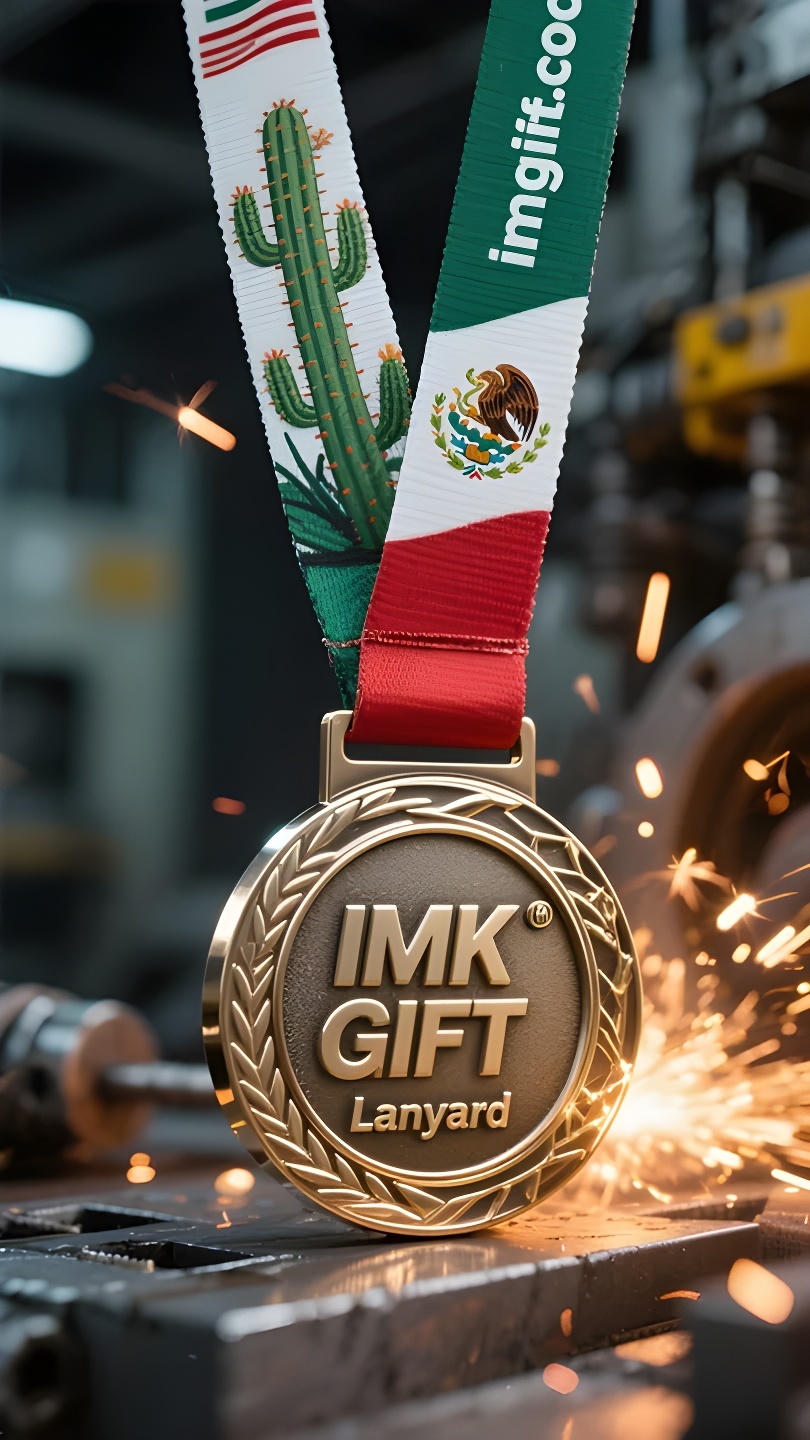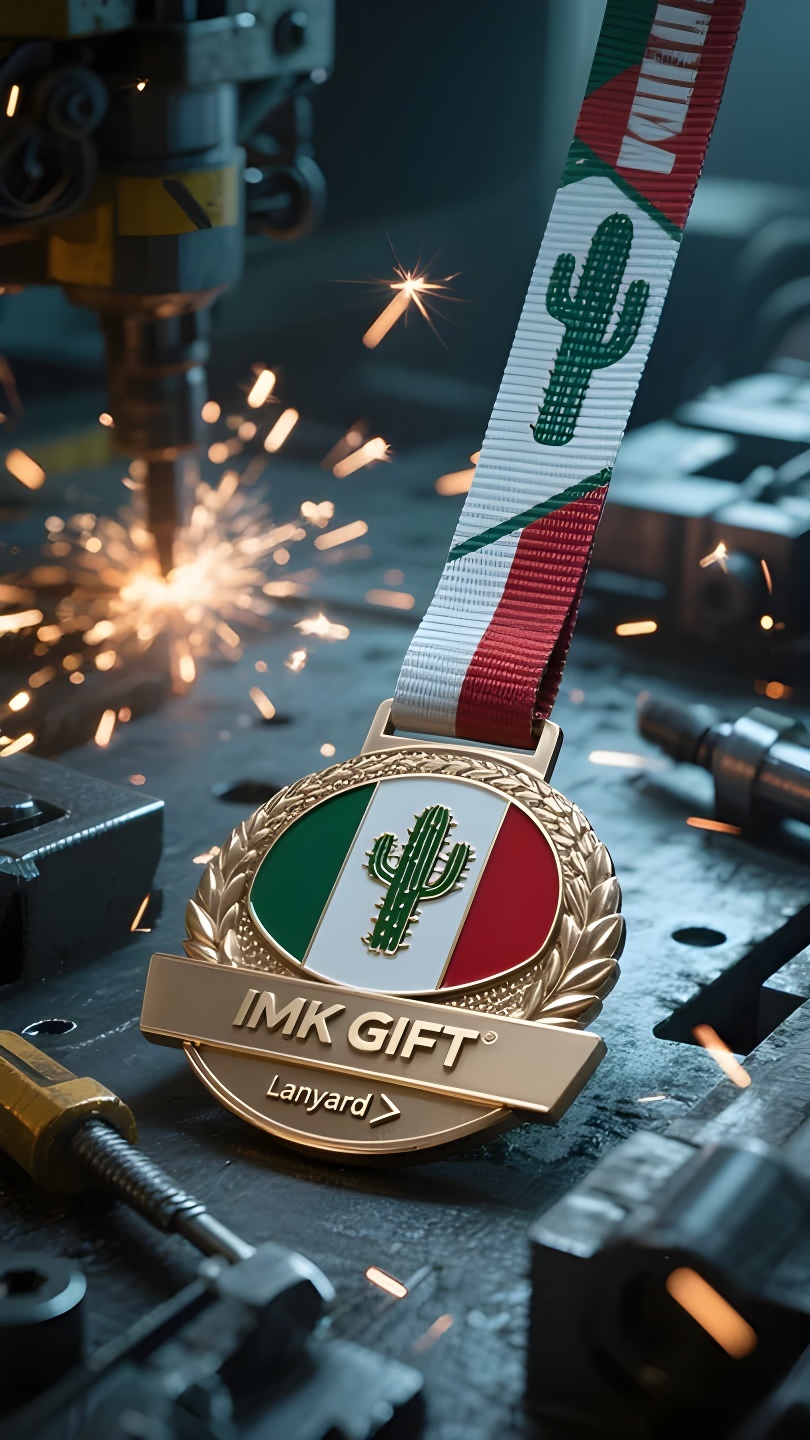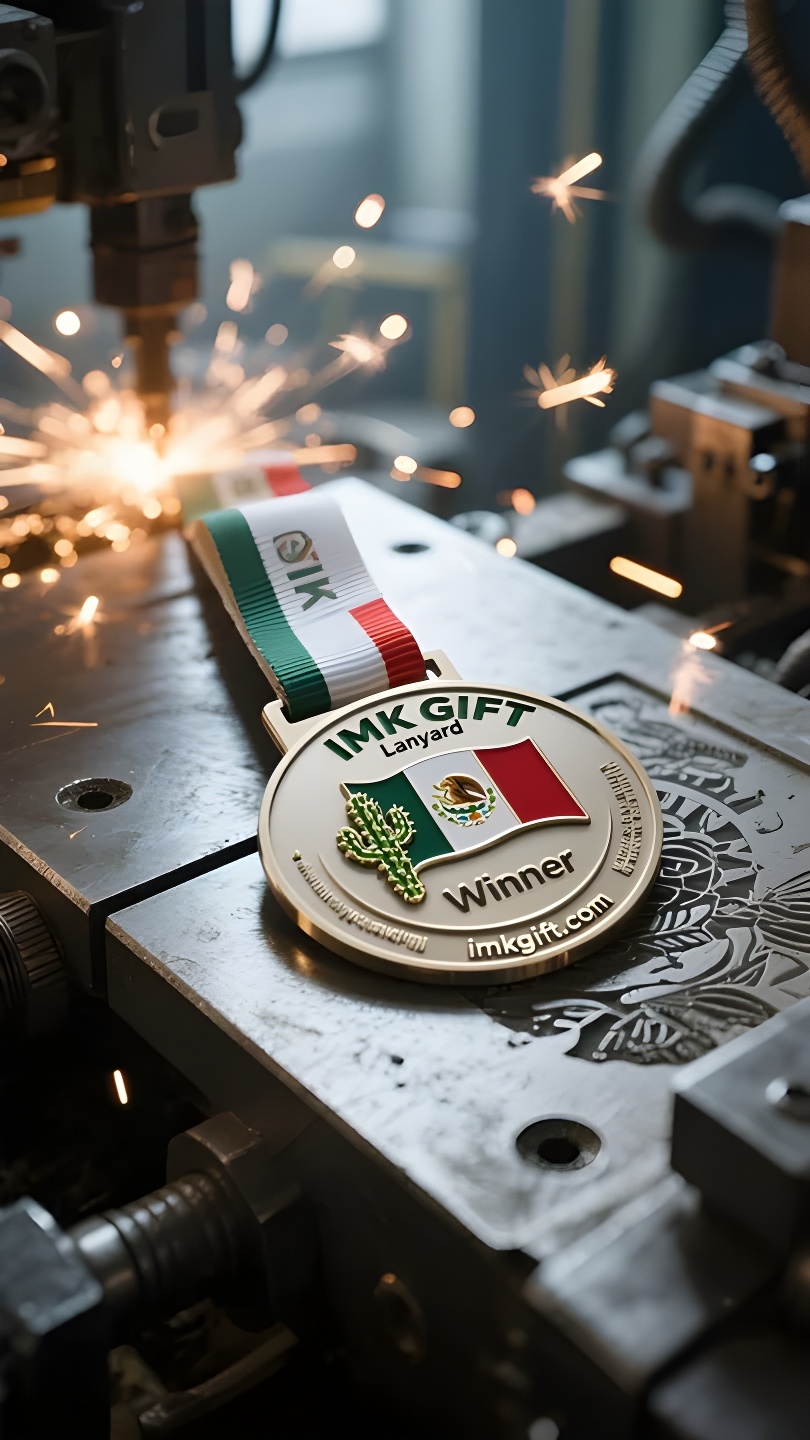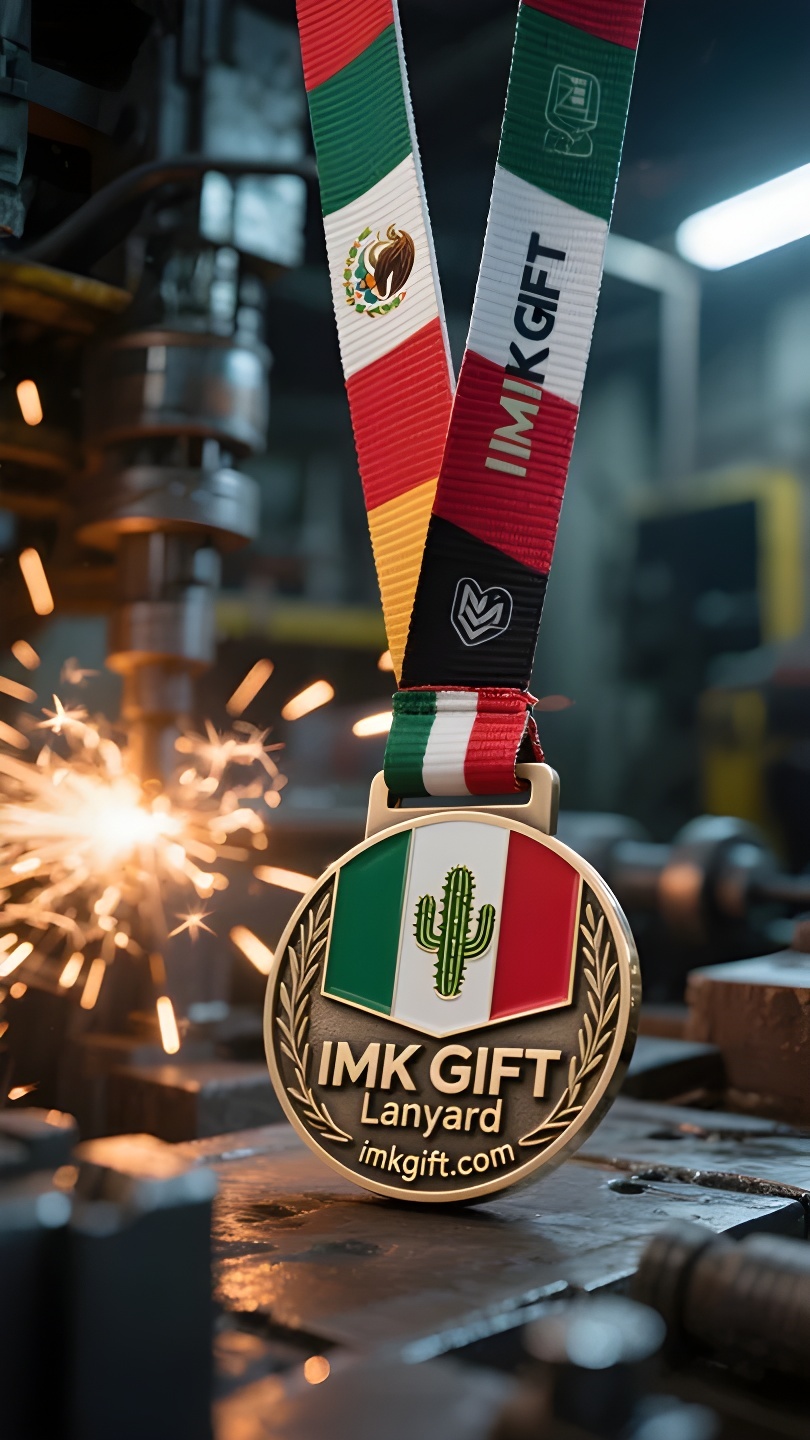in984-Corona-de-espinas-el-nudo-del-alma-el-emblema-inmortal-del-espíritu-mexicano
▼
En septiembre, en la Ciudad de México, los vítores del Día de la Independencia aún no se han apagado, y el ondeante sonido de las banderas nacionales verde, blanca y roja aún ondea en las calles. Esta tierra de sangre y esperanza siempre ha anunciado al mundo con la tenaz actitud de un cactus: las espinas más afiladas darán a luz la gloria más brillante. El águila, encaramada en la copa del cactus, en el centro de la bandera nacional, es el tótem en la sangre de cada mexicano. Así como el cactus teje la trama de la vida en el desierto, los mexicanos han forjado su singular resiliencia espiritual en el crisol de la historia. Cuando los atletas olímpicos portan las medallas tejidas con los tres colores de la bandera nacional en competencias internacionales, el nudo, aparentemente común, en realidad conecta la lucha épica de toda la nación: cada fibra está impregnada de la sangre de los ancestros y cada vuelta reproduce los genes de la civilización. El verdadero peso de la medalla no reside en la textura del metal, sino en el código de civilización que porta. Cuando los ganadores inclinaron la cabeza y besaron las medallas, tocaron la sabiduría milenaria entretejida en los nudos: los cactus enseñaron a los humanos a arraigarse en situaciones desesperadas, y los nudos simbolizaron el poder de la herencia intergeneracional. Al igual que el antiguo sistema de registro anudado que se exhibe en el Museo de Antropología de la Ciudad de México, los cordones de las medallas modernas también hablan del contrato eterno entre el grupo y el individuo: la gloria del individuo siempre está estrechamente ligada a las raíces del colectivo. En este país protegido por cactus, cada amanecer demuestra que la verdadera victoria no reside en vencer al oponente, sino en hacer que la cuerda de la nación sea cada vez más tenaz en el temple del tiempo, como el desierto. Cuando la nueva generación de adolescentes se puso solemnemente las medallas con cordones, recibieron no solo honor, sino también la filosofía de supervivencia de toda una civilización que floreció en la adversidad.
In September in Mexico City, the cheers of Independence Day have not yet faded away, and the fluttering sound of the green, white and red national flags still floats in the streets. This land of blood and hope has always announced to the world with the stubborn attitude of a cactus: the sharpest thorns will eventually give birth to the brightest glory. The eagle standing on the top of the cactus in the center of the national flag is the totem in the blood of every Mexican. Just as the cactus weaves the warp and weft of life in the desert, Mexicans have tempered their unique spiritual resilience in the melting pot of history. When Olympic athletes wear the lanyard medals woven with the three colors of the national flag in international competitions, the seemingly ordinary knot actually connects the epic struggle of the entire nation – every fiber is soaked in the blood of the ancestors, and every winding reproduces the genes of civilization. The real weight of the lanyard medal does not lie in the texture of the metal, but in the civilization code it carries. When the winners bowed their heads and kissed the medals, they touched the thousand-year-old wisdom woven into the knots: cacti taught humans to take root in desperate situations, and the knots symbolized the power of intergenerational inheritance. Just like the ancient knotted record-keeping system displayed in the Museum of Anthropology in Mexico City, the lanyards of modern medals also tell of the eternal contract between the group and the individual – the glory of the individual is always closely linked to the roots of the collective. In this country protected by cacti, every dawn proves that the real victory is not to conquer the opponent, but to make the rope of the nation more and more tenacious in the tempering of time, just like the desert. When the new generation of teenagers solemnly put on the lanyard medals, they received not only honor, but also the survival philosophy of an entire civilization that blossomed in adversity.
九月的墨西哥城,独立日的欢呼尚未远去,街巷间仍飘荡着绿、白、红三色国旗的猎猎声响。这面凝聚着鲜血与希望的土地,始终以仙人掌的倔强姿态向世界宣告:最锋利的荆棘终将孕育最璀璨的荣光。
国旗中央那只立于仙人掌之巅的雄鹰,是每个墨西哥人血脉中的图腾。正如仙人掌在沙漠中织就生命经纬,墨西哥人在历史的熔炉里淬炼出独特的精神韧性。当奥运健儿在国际赛场佩戴着以国旗三色编织的挂绳奖牌时,那根看似普通的绳结,实则串联着整个民族的奋斗史诗——每一道纤维都浸染着先辈的热血,每一次缠绕都复刻着文明的基因。
挂绳奖牌的真正重量,不在于金属的质感,而在于其承载的文明密码。当获奖者低头亲吻奖牌时,触碰到的是绳结里编织的千年智慧:仙人掌教会人类在绝境中扎根,而绳结则象征着代际传承的力量。正如墨西哥城人类学博物馆中陈列的古代绳结记事系统,现代奖牌的挂绳同样在诉说着群体与个体的永恒契约——个人的荣耀永远与集体的根系紧密相连。
在这个被仙人掌守护的国度,每个黎明都在证明:真正的胜利不是征服对手,而是如沙漠生息般,在时光的磨砺中让民族之绳越拧越坚韧。当新一代少年将挂绳奖牌郑重戴起时,他们接过的不仅是荣誉,更是一整个文明在逆境中开花的生存哲学。
▼
Contact Us
📞 Tel: +0086-760-85286839
📧 Email: sales3@imkgift.com








